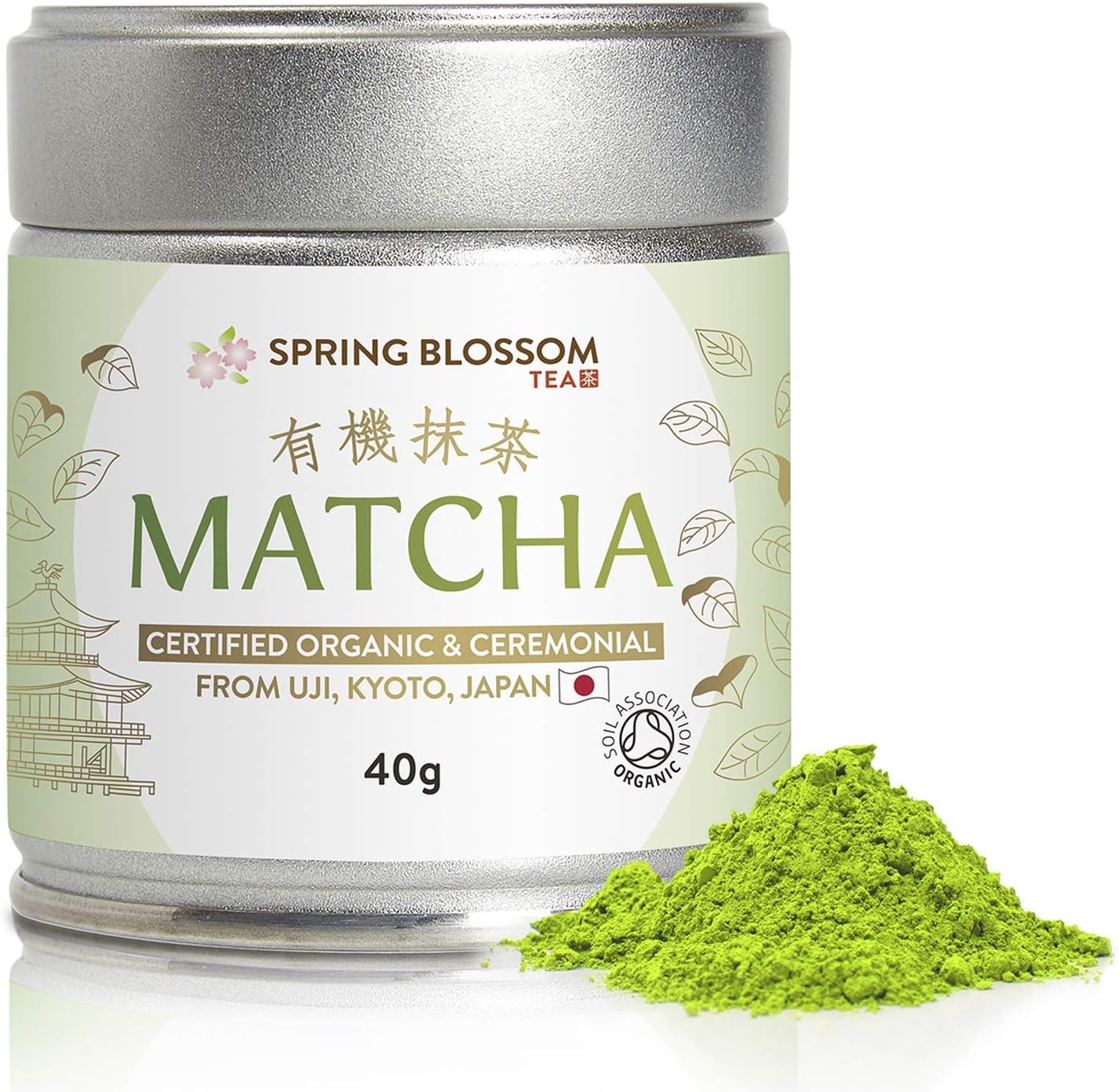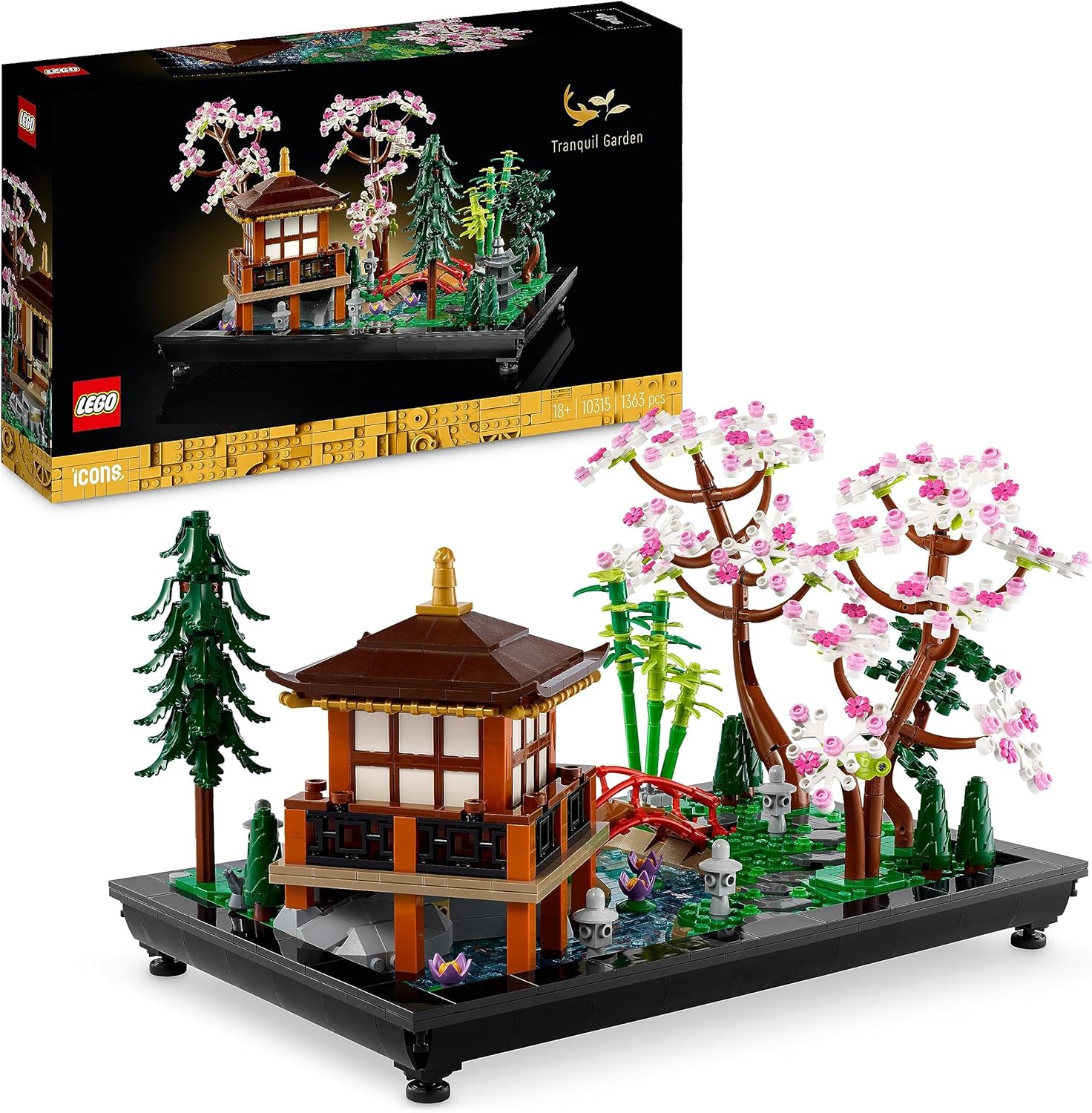Discovering Japan Through the Shamisen: Tradition Meets Modernity
Posted on: 2025-01-06 | at: 02:29:11
The 三味線 (しゃみせん) is more than just an instrument; it is the heartbeat of Japan’s artistic culture, echoing through centuries of tradition and innovation. From the grandeur of 歌舞伎 (かぶき) to the urban pulse of modern hip-hop, the shamisen bridges Japan’s rich history and its vibrant present.
Welcome to this PekoPekoJP exploration, where we take you through the fascinating world of the shamisen in a way that feels like stepping into a Japan Studies class—fun, engaging, and deeply inspiring.
What Is the Shamisen?
The shamisen is a three-stringed musical instrument originating in Japan in the 16th century. Its bold, percussive sound makes it a central feature of many traditional and modern Japanese art forms. Each element of the shamisen reflects exquisite craftsmanship and a dedication to perfection:
| 要素 (ようそ) | 説明 (せつめい) |
|---|---|
| 胴 (どう) | The hollow body, typically carved from rare woods like 紅木 (こうき) or 紫檀 (したん). |
| 棹 (さお) | The long, fretless neck, allowing for fluid slides and dynamic tonal variations. |
| 糸 (いと) | Three silk strings, producing the shamisen's distinctively bright sound. |
| 撥 (ばち) | A plectrum used to strike the strings, creating rhythmic and percussive effects unique to shamisen music. |
A Living Tradition: Shamisen Across Genres
The shamisen is as versatile as it is timeless, found in various traditional and modern settings.
1. Traditional Performance
In traditional Japan, the shamisen played a vital role in performing arts:
| ジャンル (じゃんる) | 特徴 (とくちょう) |
|---|---|
| 長唄 (ながうた) | Accompanies Kabuki theater, setting the mood with dramatic, emotional tones. |
| 浄瑠璃 (じょうるり) | Narrates epic tales in Bunraku puppet theater, blending storytelling with instrumental harmony. |
| 津軽三味線 (つがるしゃみせん) | A folk music style from northern Japan, known for its powerful, improvisational performances. |
2. Shamisen in the Modern Era
In recent years, the shamisen has found a new voice in contemporary music, thanks to innovative artists who blend tradition with urban energy:
| アーティスト (あーてぃすと) | スタイルと貢献 (すたいるとこうけん) |
|---|---|
| SOME≡LINEZ (そめらいんず) | A groundbreaking group combining shamisen, hip-hop, and beatboxing, attracting a younger audience. |
| 吉田兄弟 (よしだきょうだい) | Famous worldwide for their fusion of Tsugaru shamisen with rock and electronic music. |
| 上妻宏光 (あがつまひろみつ) | A virtuoso who incorporates jazz and pop elements, showcasing the shamisen’s versatility. |
By blending shamisen’s unique sound with modern beats, these artists are ensuring that this centuries-old instrument remains relevant and exciting.
Crafting a Shamisen: A Master Artisan’s Touch
Every shamisen is a testament to Japan’s tradition of 匠の技 (たくみのわざ)—the artisan’s craft. The process of creating a shamisen is painstakingly detailed, often requiring months of meticulous work.
1. Selecting Materials
The shamisen’s body is carved from precious woods like kouki (紅木), known for their strength and resonance. The skin, traditionally made from cat or doghide, is stretched over the body, although modern synthetic options are increasingly popular for ethical reasons.
2. Precision in Design
The neck is carefully carved to precise dimensions, allowing it to be disassembled for easy transport. The strings, made from silk, are chosen for their durability and tonal quality.
3. Lacquering and Finishing
The final step involves applying layers of 漆 (うるし) lacquer, not only for aesthetic beauty but also for durability. Many shamisen feature decorative inlays, making each piece a functional work of art.
| 工程 (こうてい) | 説明 (せつめい) |
|---|---|
| 木材の選定 (もくざいのせんてい) | Rare woods like kouki are carefully sourced for their sound quality and durability. |
| 皮張り (かわばり) | Stretching and securing the skin over the body is a skill that takes years to master. |
| 漆塗り (うるしぬり) | Applying lacquer enhances both the instrument's beauty and its longevity. |
Owning a hand-crafted shamisen is like owning a piece of history. Prices can range from 十万円 (じゅうまんえん) for beginner models to over 百万円 (ひゃくまんえん) for professional-grade instruments.
Why the Shamisen Inspires
The shamisen is more than an instrument—it’s a symbol of Japan’s ability to adapt and innovate while honoring tradition. Its music speaks to the soul, whether it’s the mournful strains of 津軽じょんがら節 (つがるじょんがらぶし) or the high-energy beats of SOME≡LINEZ.
Imagine sitting in a dimly lit 居酒屋 (いざかや) in Osaka, the lively sounds of shamisen filling the air. Or walking through the snowy streets of Aomori during a festival, where Tsugaru shamisen players perform with fiery passion. This is Japan at its most raw and authentic.
Your Journey Begins Here
At PekoPekoJP, we want to bring you closer to the heart of Japan—its traditions, innovations, and the people who keep its culture alive. The shamisen is just one of many fascinating entry points into this vibrant world.
Are you ready to dive deeper into Japanese culture? Let the strings of the shamisen guide your journey.
Share Your Thoughts:
Have you ever heard the shamisen live? Which modern or traditional shamisen artists inspire you? Let us know in the comments!


